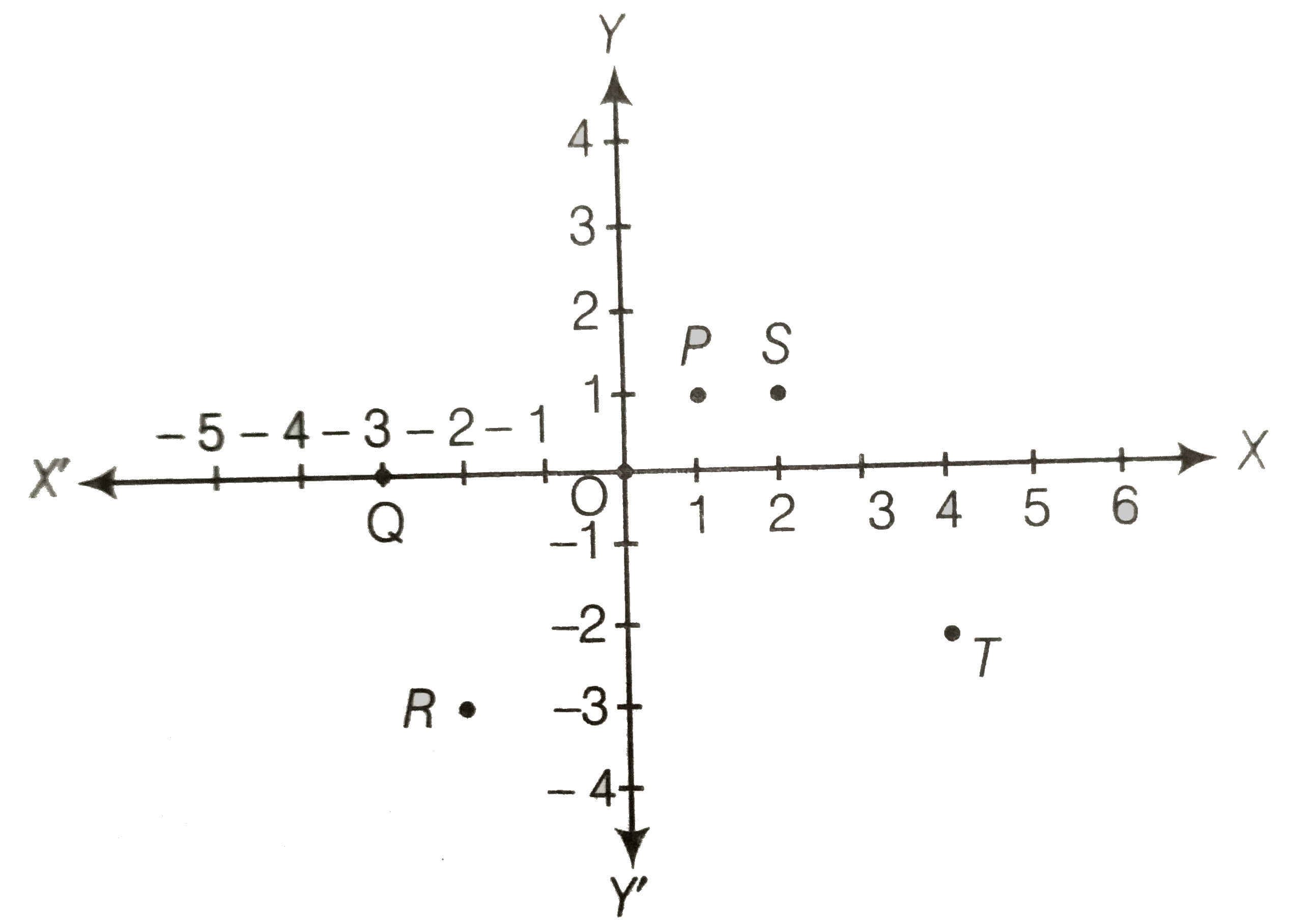OX and OY are two coordinate axes. On OY is taken a fixed point P(0,c) and on OX any point Q. On PQ, an equilateral triangle is described, its vertex R being on the side of PQ away from O . Then prove that the locus of R is y=√3x−⋅
Step by step video & image solution for O X and O Y are two coordinate axes. On O Y is taken a fixed point P(0,c) and on O X any point Qdot On P Q , an equilateral triangle is described, its vertex R being on the side of P Q away from O . Then prove that the locus of R is y=sqrt(3)x-cdot by Maths experts to help you in doubts & scoring excellent marks in Class 11 exams.
Updated on:21/07/2023Similar Questions
OX and OY are two coordinate axes. On OY is taken a fixed point P(0,c) and on OX any point Q. On PQ, an equilateral triangle is described, its vertex R being on the side of PQ away from O . Then prove that the locus of R is y=√3x−⋅
View SolutionTwo points O(0,0) and A(3,√3) with another point P form an equilateral triangle. Find the coordinates of P.
View Solution
Knowledge Check
The solution of the equation (2+x)dy−ydx=0 represents a curve passing through a fixed point P, then the area of equilateral triangle with P as one vertex and x+y=0 as its one side, is
A2√3B√3C2√3D4√3Let P is a point on the line y+2x=2 and Q and R are two points on the line 3y+6x=3. If the triangle PQR is an equilateral triangle, then its area (in sq. units) is equal to
A115B15√3C13√5D12√15Two point charges +q and −q are held fixed at (−d,o) and (d,0) respectively of a x-y coordinate system. Then
A(a) The electric field E at all points on the x-axis has the same directionB(b) Electric field at all points on y-axis is along x-axisC(c) Work has to be done in bringing a test charge from ∞ to the originD(d) The dipole moment is 2qd along the x-axis
An equilateral triangle PQR is formed where P (1, 3) is fixed point and Q is moving point on line x = 3. Find the locus of R. 9.
View SolutionWrite the coordinate of each of the points P,Q, R,S,T and O from the figure

View SolutionP and Q are two points on the line x−y+1=0. If OP=OQ=6then length of median through O is
View SolutionThe straight line through a fixed point (2,3) intersects the coordinate axes at distinct point P and Q. If O is the origin and the rectangle OPRQ is completed then the locus of R is
View SolutionIf O is the origin and Q is a variable point on y2=x. Find the locus of the mid point of OQ.
View Solution
